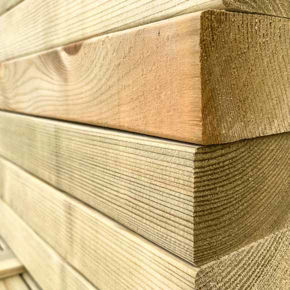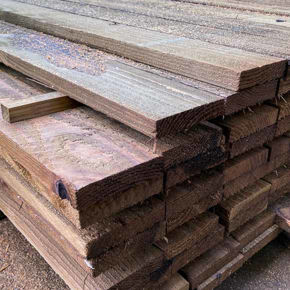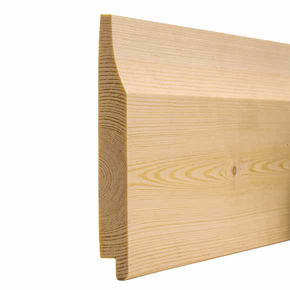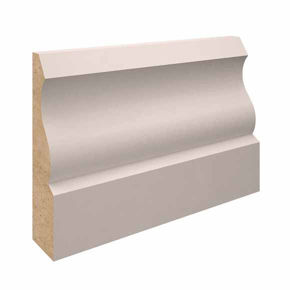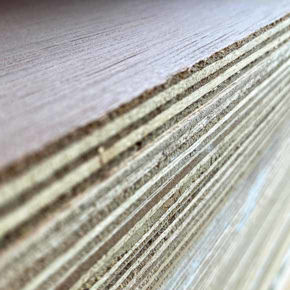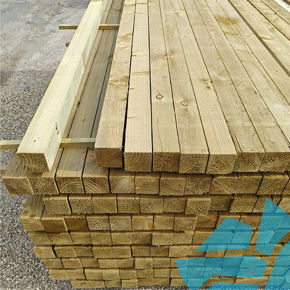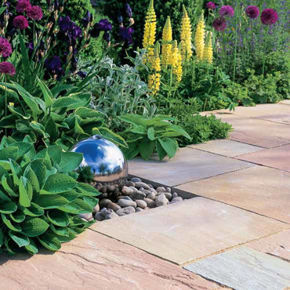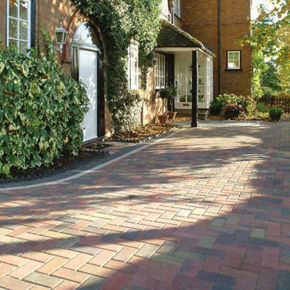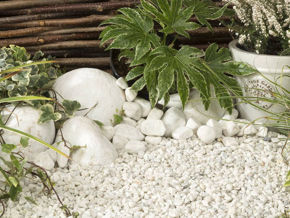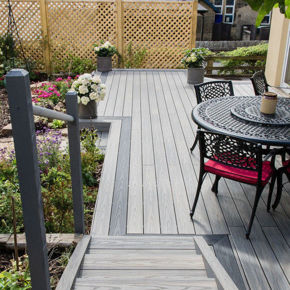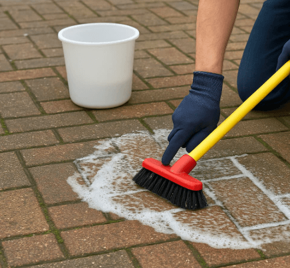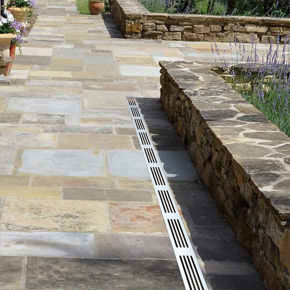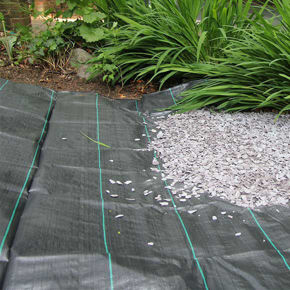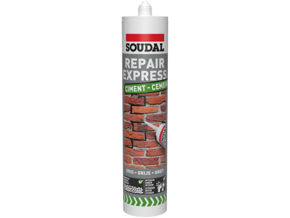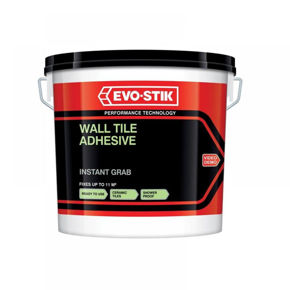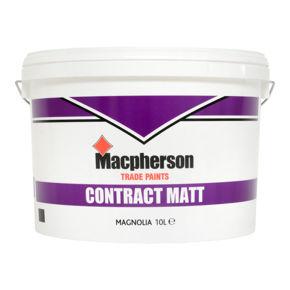When it comes to transforming your outdoor space, few materials can match the timeless elegance and durability of natural stone paving. Whether you’re in Peterborough, Corby, or Huntingdon, Rose Building Supplies offers a wide range of high-quality Indian stone paving slabs from trusted brands like Pavestone and Stonemarket. In this guide, we’ll explore everything you need to know about best natural stone paving, from what it is to how to lay it, and why it’s the perfect choice for your next project.
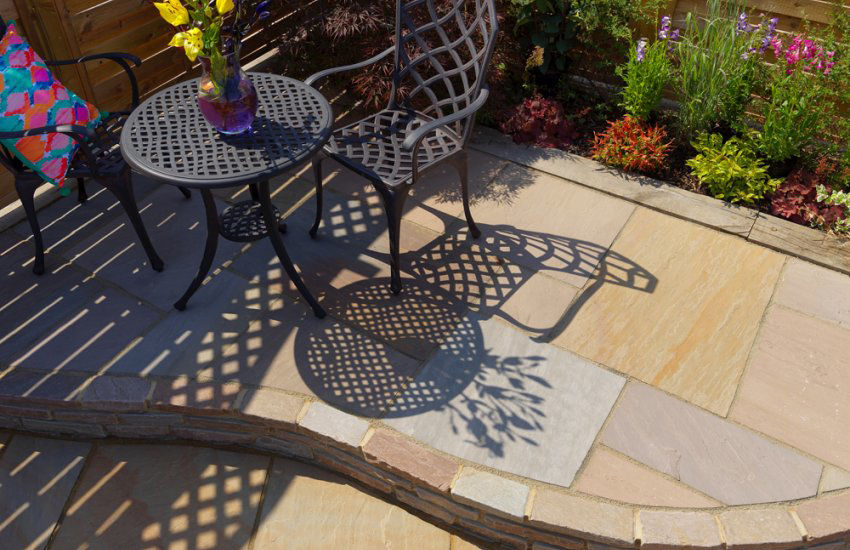
What is Natural Stone Paving?
Natural stone paving consists of slabs cut directly from stone quarried from the earth. Unlike synthetic alternatives, every slab of natural sandstone paving is unique, featuring distinct patterns, textures, and colour tones.
Why Choose Natural Stone Paving?
Selecting the right paving material is crucial for any project. Here’s why natural stone stands out as an ideal choice:
- Unmatched Durability: Natural stone is incredibly resilient, making it ideal for areas with heavy foot traffic, such as driveways and patios.
- Timeless Appeal: With its natural colours and textures, stone paving integrates effortlessly with traditional and modern designs.
- Low Maintenance: Stone paving is naturally resistant to weathering, meaning you can enjoy its beauty with minimal upkeep.
- Eco-Friendly: Choosing natural materials means you’re opting for an environmentally responsible solution that blends seamlessly into outdoor environments.
Common Uses for Natural Stone Paving
Whether you’re enhancing a garden path or laying a patio, natural stone paving offers versatility and elegance. Here’s how our customers typically use it:
- Patios: Create a relaxing outdoor retreat perfect for summer barbecues or quiet evenings. Pavestone patio stones are a popular choice due to their varied colour palette and natural charm.
- Garden Paths: Lay charming, durable pathways that guide visitors through your garden. If you’re on a budget, consider cheap natural stone paving for gardens to create beautiful yet cost-effective paths.
- Pool Surrounds: With its slip-resistant properties, natural stone is ideal for wet areas around pools and water features.
For those interested in seeing how these solutions look, check out our natural stone patio slabs in the UK, designed for various projects. We offer convenient mixed-size patio packs perfect for versatile installations.
Where to Buy Natural Sandstone Paving at the Best Prices?
If you’re searching for sandstone paving for sale near me, Rose Building Supplies offers competitive rates across Peterborough, Corby, and Huntingdon. We focus on delivering the best price sandstone paving without compromising on quality. Whether you’re looking for premium natural stone patio slabs in the UK or affordable garden path solutions, we’ve got you covered. Check our range here.
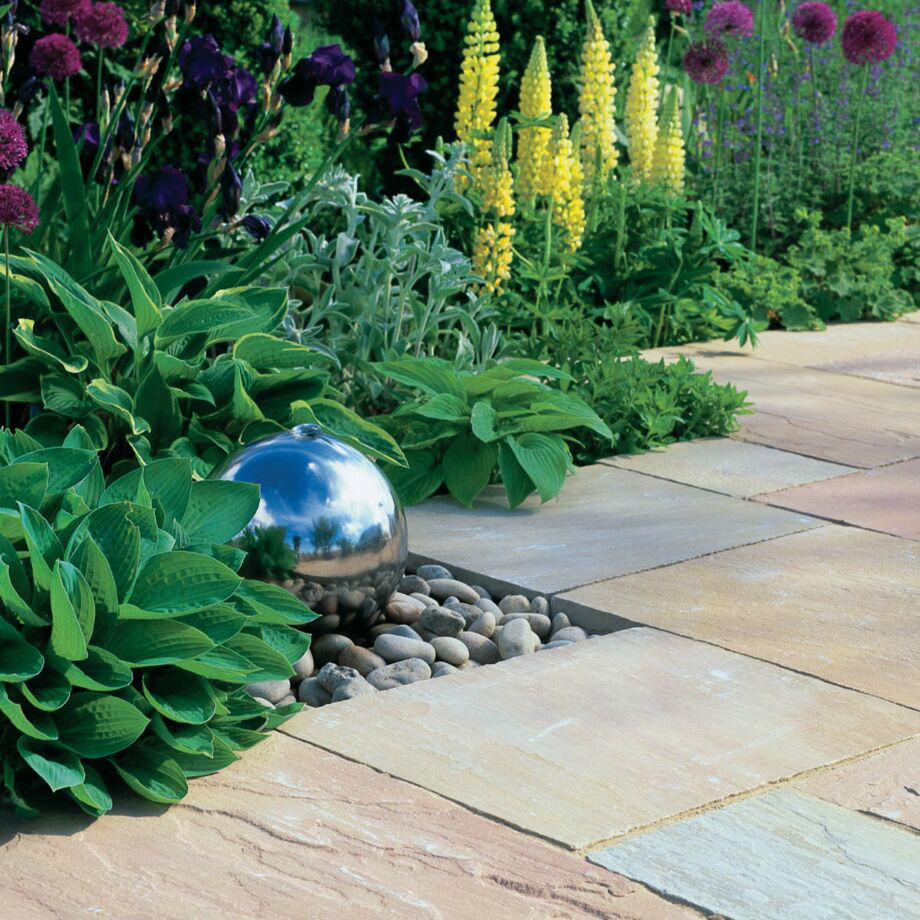
What is the Best Natural Stone for Patios?
When deciding on the best natural stone for your patio, there are a few factors to consider, including aesthetics, durability, and maintenance. The most popular choices are sandstone and limestone:
- Sandstone: Known for its wide range of earthy tones and natural textures, sandstone offers a rustic charm that suits various styles. Its durability and natural slip resistance make it an excellent choice for patios.
- Limestone: With its smoother surface and consistent colouring, limestone is ideal if you prefer a more contemporary look. It’s slightly denser than sandstone, making it resistant to wear and tear.
Differences Between Sandstone and Limestone Paving
When choosing between sandstone and limestone for your paving, it’s important to understand their key differences:
- Texture: Sandstone typically has a grainy texture with visible layers and variations, giving it a more natural and rustic appearance. Limestone, on the other hand, is smoother with a more uniform look.
- Colour Range: Sandstone offers a broader spectrum of colours, ranging from warm yellows and browns to cool greys and greens. Limestone is more consistent, typically found in shades of black, grey, and cream.
- Durability: Both stones are durable, but limestone is denser and less porous, making it slightly more resistant to moisture and stains.
- Maintenance: While both materials are low-maintenance, limestone requires a bit more care as its smoother surface can show marks and stains more easily.
How to Lay Sandstone Paving Slabs
Laying natural stone paving might seem complex, but with a well-structured plan, it’s entirely achievable as a DIY project:
- Prepare the Area: Start by marking out the area where you plan to lay the paving and dig down to create a solid base.
- Sub-base and Bedding: Lay a sub-base of compacted hardcore followed by a layer of sharp sand for bedding.
- Laying the Slabs: Position the slabs according to your layout design, leaving consistent spacing between each one. Use spacers and check levels frequently. If you need more guidance, explore detailed tips on how to lay sandstone paving slabs.
- Grouting: Fill the joints with a suitable grout or sand, ensuring a clean and polished finish. Check out jointing compounds range here.
- Final Clean-Up: Once grouting is done, give the surface a thorough sweep and rinse to reveal the natural beauty of the stone.
If DIY isn’t your style, our Peterborough, Corby, and Huntingdon branches can connect you with trusted natural stone paving installers near me who specialise in professional installation.
Introducing Pavestone Classic Sandstone: Timeless Elegance in Indian Stone Paving
One of our standout offerings from Pavestone is the Classic Sandstone range, made from premium Indian stone paving slabs. This collection showcases seven distinct regional UK colour variations, ensuring there’s a shade to perfectly complement your project, no matter where you live.
With its hand-cut (fettled) edges and naturally riven surface, this range is ideal for projects within traditional garden settings. The unique character of Indian sandstone lies in its diverse colour palette; no two stones are exactly alike. When combined, they create a beautiful mosaic of colours that blend harmoniously to produce a stunning overall hue.
Indian sandstone is known for its durability and versatility, making it perfect for the UK climate. What makes this sandstone truly special is how it evolves with the changing seasons. In the bright summer sunlight, the colour variations appear subtle, presenting a more uniform look. However, after a rainfall, the stones take on a deeper, richer patina, revealing their full vibrancy and depth. This dynamic quality adds an extra layer of visual interest to your patio or garden path throughout the year.
Explore the Pavestone Classic Sandstone range, made from premium Indian sandstone, to discover how it can elevate your outdoor space with its timeless beauty and exceptional durability.
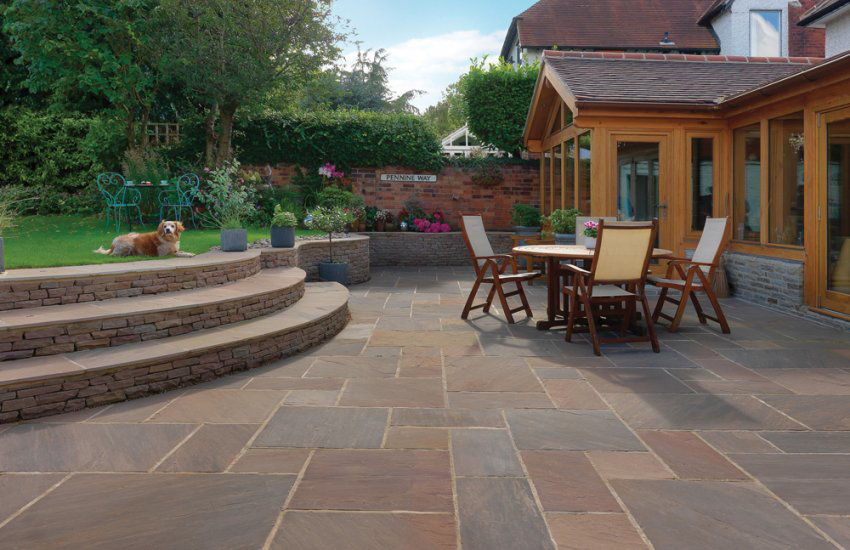
Ready to Transform Your Outdoor Space?
Whether you’re in Peterborough, Corby, or Huntingdon, Rose Building Supplies has the perfect natural stone paving solutions for you. Visit our website today or drop by one of our branches for expert advice and top-quality products.
We don’t just sell paving; we provide expert guidance to help you choose the right product for your project. With our extensive range of Pavestone and Stonemarket products, we’re your one-stop shop for all your paving needs!
Frequently Asked Questions (FAQs)
- What is Indian sandstone paving, and why is it popular? Indian sandstone paving is a type of natural stone that is popular due to its durability, unique colour variations, and rustic appeal. It is sourced from quarries in India and is known for its ability to withstand harsh weather conditions, making it ideal for use in UK gardens and patios.
- How do I maintain natural stone paving? Natural stone paving is generally low maintenance. Regular sweeping, occasional washing with water, and sealing the stones every few years can keep them looking pristine. Be sure to use pH-neutral cleaners to avoid damaging the stone’s surface.
- What’s the difference between sandstone and limestone paving? The primary differences lie in texture, colour range, and durability. Sandstone is grainier with more colour variations, offering a rustic look, while limestone has a smoother texture and consistent colours, giving a more modern appearance.
- Can I install sandstone paving myself? Yes, sandstone paving can be installed as a DIY project with proper planning and tools. Ensure you prepare the ground well, lay a solid sub-base, and grout the joints correctly. If unsure, you can always consult professional installers for help.














